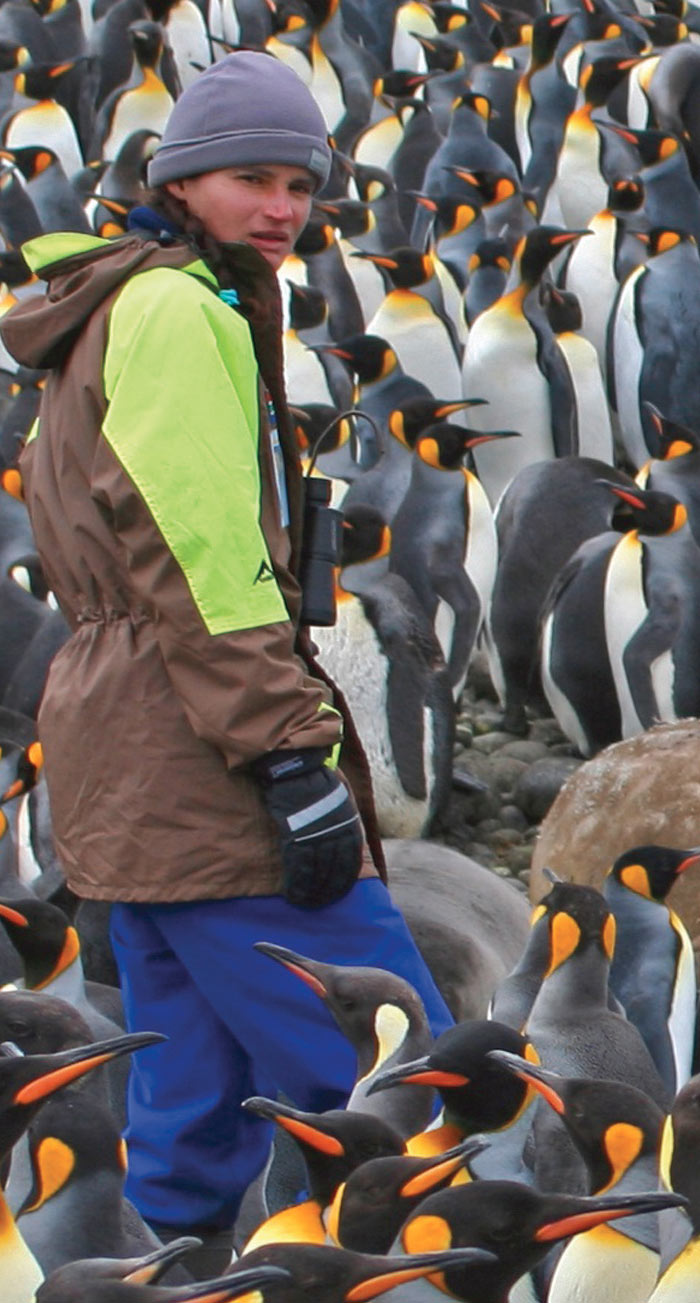Dr Cheryl Tosh, a research fellow in the Department of Zoology and Entomology, visited the sub-Antarctic Marion Island for the first time in 2005 at the start of her PhD studies. Her PhD project titled “Oceanographic signatures of South Elephant Seals” focused on the environmental correlates of the at-sea behaviour of South Elephant Seals (SESs). In 2015 she received a Y1 rating from the NRF on the basis of her predator research on Marion Island.
Dr Tosh says the ocean-scape is variable and heterogeneous, with changes occurring in three dimensions across space and time. “Something is always changing somewhere. My PhD research enabled me to describe movement responses and find patterns in the data. South Elephant Seals follow a strict seasonal pattern in their annual cycle.”
Research on killer whales started as a spin-off from the SES research. Abundant food resources mean that killer whales are always around Marion Island in the summer. Dr Tosh relates how spending so much time on the island allowed her to collect photographic data on killer whales. “It appears that the same individuals are present at Marion Island for large parts of the year. We were able to piece together a preliminary social structure among these individuals. During winter the whales leave the island, and satellite telemetry is used to find out where these animals go during the winter months.”
Her work has been published as scientific articles and presented at international conferences. In 2015 she authored a paper about the role of sea surface height anomalies (ssha) on juvenile SESs. Sea-surface temperatures change in these regions according to season. Juvenile SESs tended to change behaviour at the edges of eddies or where the gradients of the ssha were steepest.
